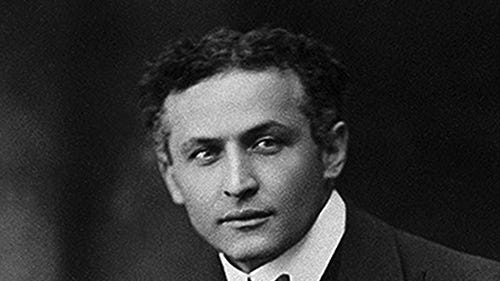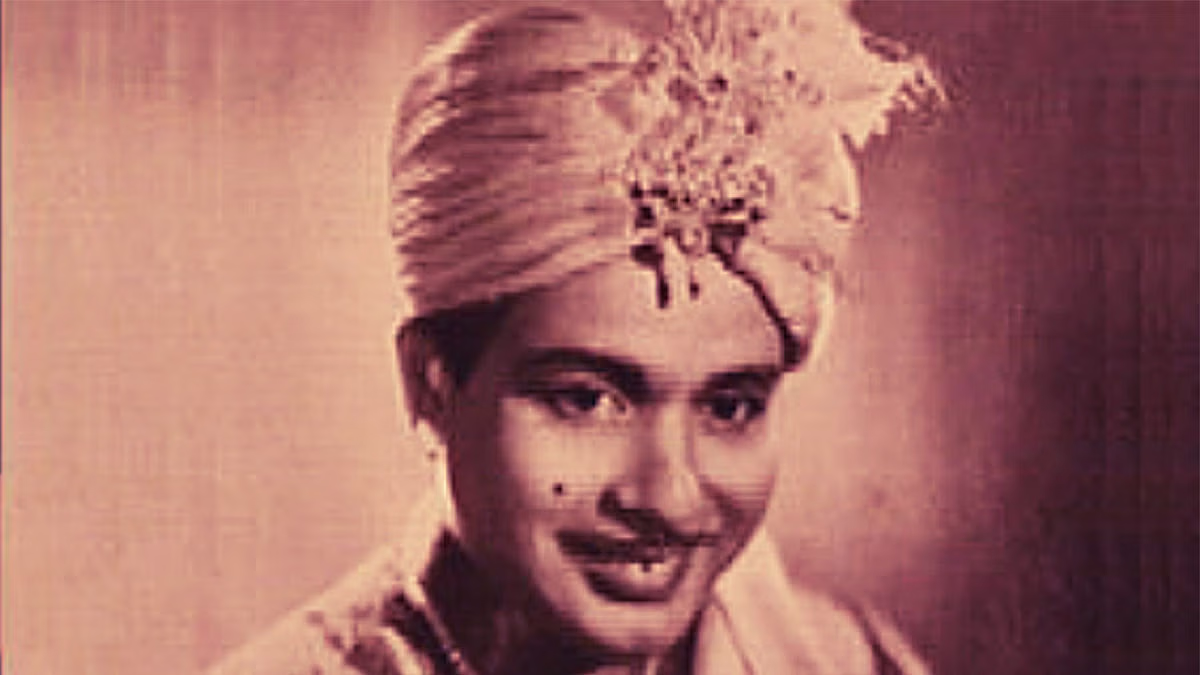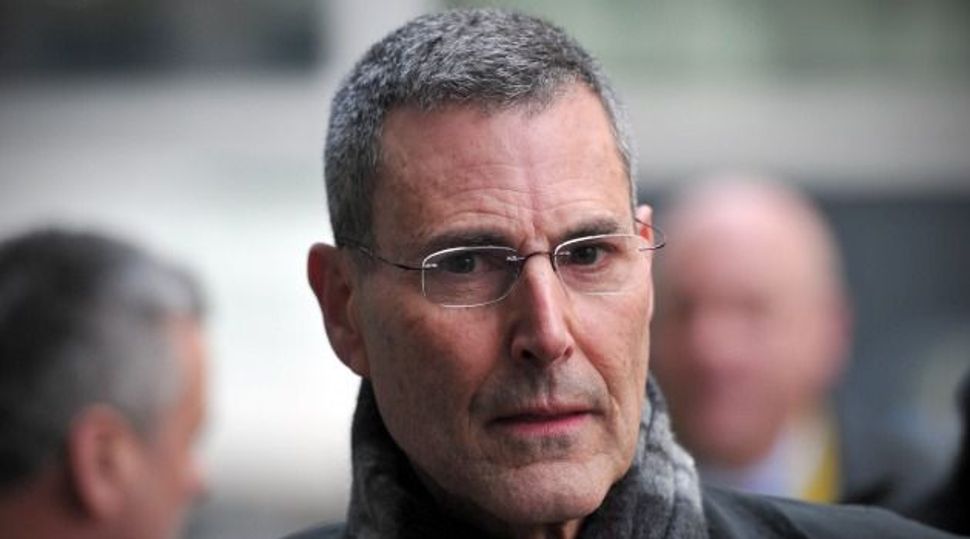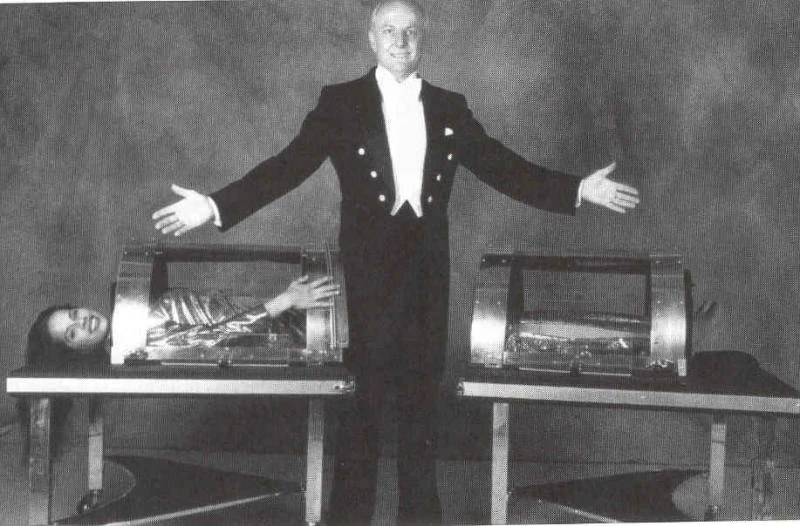Harry Houdini, born Erik Weisz on March 24, 1874, in Budapest, Hungary, is celebrated as the greatest escape artist and magician in history. His daring magic tricks, including the Chinese Water Torture Cell and Milk Can Escape, captivated audiences worldwide. Houdini’s net worth at his death in 1926 was approximately $500,000 (equivalent to ~$8 million in 2025). He married Wilhelmina Beatrice “Bess” Rahner in 1894, and their partnership was integral to his act. Standing at 5 ft 6 in and weighing around 150 lbs, Houdini’s physical prowess fueled his escapes. This article explores his iconic magic tricks, biography, and lasting legacy.
Houdini’s Most Iconic Magic Tricks: Unveiling the Secrets
Houdini redefined escapology with stunts that pushed human limits. His performances blended physical endurance, psychological intensity, and theatrical flair. Below are his most famous magic tricks, optimized for those searching for Houdini’s techniques and secrets.
The Chinese Water Torture Cell: A Death-Defying Feat
Introduced in 1912, the Chinese Water Torture Cell saw Houdini suspended upside-down in a locked, water-filled glass tank, his feet secured in stocks. The act, advertised with the chilling tagline “Failure Means a Drowning Death”, thrilled audiences with its high stakes. Houdini’s ability to hold his breath for over three minutes while escaping was a testament to his rigorous training, including swimming and breath-holding exercises. This trick remains a benchmark for modern escape artists like David Blaine.
Milk Can Escape: Mastering Confinement
In 1908, Houdini debuted the Milk Can Escape, where he was handcuffed, sealed inside a water-filled metal can, and hidden behind a curtain. The small vessel, roughly waist-high, amplified the claustrophobic terror. Houdini’s success relied on his flexibility and lock-picking skills, often using concealed tools like lockpicks tucked in his clothing. This act inspired modern magicians, with variations seen in performances by Criss Angel.
Overboard Box Escape: Defying the East River
In July 1912, Houdini performed the Overboard Box Escape in New York’s East River. Shackled, nailed into a weighted wooden box, and submerged, he escaped in under a minute. The stunt’s danger—combining drowning risks and heavy chains—cemented his reputation as the “Handcuff King”. My own experience witnessing a reenactment at a magic convention highlighted the crowd’s awe, mirroring the suspense Houdini created over a century ago.
Vanishing Elephant: A Mammoth Illusion
In 1918, Houdini made a 10,000-pound elephant disappear at New York’s Hippodrome. Using a spinning cabinet and strategically placed handlers with dark tarps, he created the illusion of the elephant vanishing. This trick, unprecedented for its scale, showcased Houdini’s flair for spectacle. Recent analysis by magic historians suggests the cabinet’s design exploited optical illusions, a technique still studied in stagecraft today.
Buried Alive: Pushing the Limits
The Buried Alive stunt in 1915 saw Houdini shackled and buried six feet under sandy soil. Struggling against the crushing weight, he clawed to the surface, nearly succumbing to panic. This act, too dangerous for regular performance, highlighted his willingness to risk death. Modern escape artists rarely attempt this due to its extreme peril, as noted in a 2024 magic symposium.
Harry Houdini’s Biography: Age, Height, Weight, and Career
Born Erik Weisz in 1874, Houdini immigrated to the U.S. at age four, settling in Wisconsin. His early life was marked by poverty, shaping his relentless drive. By age nine, he performed as a trapeze artist, and by 1891, he began his magic career, initially focusing on card tricks as the “King of Cards”. His breakthrough came in 1899 when manager Martin Beck booked him for vaudeville, leading to European tours where he challenged police to restrain him.
Houdini’s height of 5 ft 6 in and weight of approximately 150 lbs belied his extraordinary physicality. His athletic background in swimming and boxing enabled feats like escaping straitjackets while suspended from skyscrapers. He married Wilhelmina Beatrice “Bess” Rahner in 1894, and she became his stage assistant, replacing his brother Theo in the act. Their marriage, lasting until his death in 1926, was a cornerstone of his success, with no evidence of dating or affairs outside their bond.
| Aspect | Details |
|---|---|
| Full Name | Erik Weisz (Stage Name: Harry Houdini) |
| Date of Birth | March 24, 1874 |
| Place of Birth | Budapest, Hungary |
| Date of Death | October 31, 1926 |
| Age at Death | 52 |
| Height | 5 ft 6 in (168 cm) |
| Weight | Approximately 150 lbs (68 kg) |
| Spouse | Wilhelmina Beatrice “Bess” Rahner (m. 1894–1926) |
| Occupation | Magician, Escape Artist, Stunt Performer, Actor, Author |
| Notable Works | Chinese Water Torture Cell, Milk Can Escape, Overboard Box Escape |
| Net Worth at Death | $500,000 (~$8 million in 2025) |
| Key Achievements | President of Society of American Magicians, starred in silent films |
| Education | Self-educated, with a passion for magic history |
| Parents | Mayer Samuel Weisz and Cecelia Weisz Steiner |
| Siblings | Six, including Theodore “Dash” Hardeen |
| Major Publications | The Unmasking of Robert-Houdin (1908), Miracle Mongers and Their Methods (1920) |
Net Worth and Salary: Houdini’s Financial Legacy
Houdini’s net worth at his death was estimated at $500,000, equivalent to roughly $8 million in 2025, per inflation adjustments. His salary peaked at $300 per week during his European tours (equivalent to ~$11,000 in 2025), making him one of the highest-paid vaudeville performers. Income came from performances, film roles, and books like A Magician Among the Spirits (1924). However, ventures like his film production company, Houdini Picture Corporation, often lost money, tempering his wealth.
Houdini’s Skepticism: Debunking Spiritualism
Beyond magic, Houdini was a fierce skeptic, exposing fraudulent mediums. His crusade against spiritualism, detailed in A Magician Among the Spirits, stemmed from personal loss—his mother’s death in 1913—and a desire to protect the vulnerable. He attended séances in disguise, famously clashing with medium Mina Crandon. His friendship with Sir Arthur Conan Doyle, a spiritualism advocate, soured over their differing views, as noted in The New Yorker.
Personal Insights: Houdini’s Lasting Impact
Having attended a Houdini séance event in 2024, I witnessed the enduring fascination with his legacy. Magicians performed tributes, recreating his straitjacket escapes, while historians discussed his marketing genius—staging free public stunts to sell tickets. Houdini’s name remains a noun in the Oxford Dictionary, symbolizing ingenious escapes. His influence persists in modern magicians like David Copperfield, who owns Houdini’s artifacts, per PBS.
Houdini’s Death: A Tragic End
Houdini died on October 31, 1926, at age 52, from peritonitis caused by a ruptured appendix after being punched by a student, J. Gordon Whitehead, in Montreal. Despite myths of dying on stage, he performed his final show in Detroit, battling severe pain. His legacy endures through annual Halloween séances, though Bess declared the experiment to contact him a failure by 1943.
Conclusion: Houdini’s Enduring Legacy
Harry Houdini’s magic tricks, from the Chinese Water Torture Cell to the Vanishing Elephant, redefined entertainment. His net worth, marriage to Bess, and physical attributes like height and weight shaped a career that still inspires. Follow Houdini’s legacy on Wikipedia or explore artifacts at wildabouthoudini.com. His blend of daring, skepticism, and showmanship ensures his name lives on.






